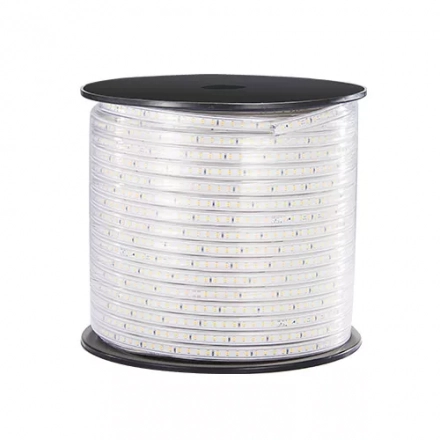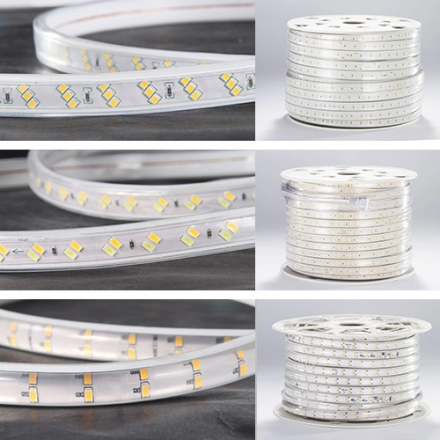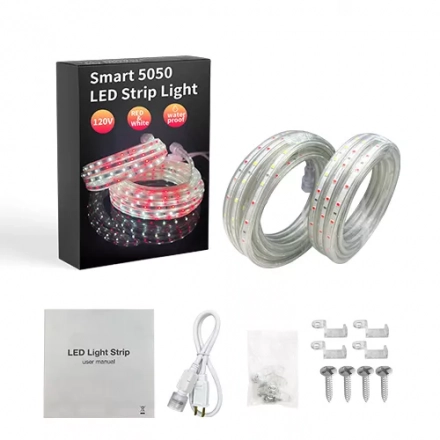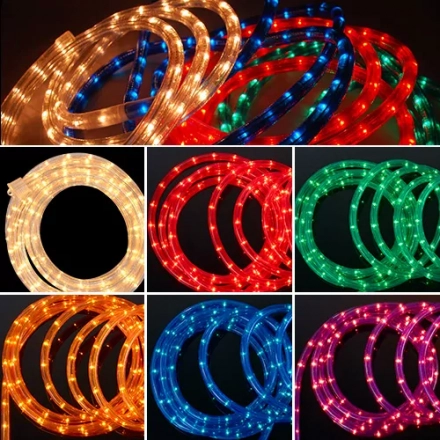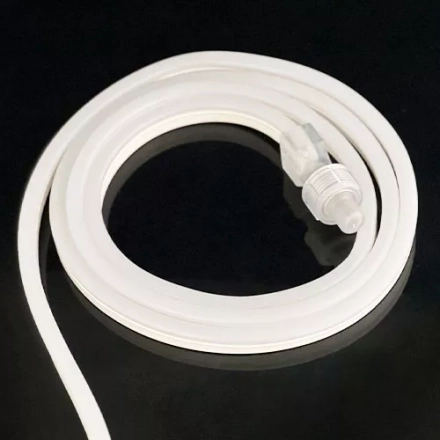Analyzing the Potential of LED Strip Light in Highlighting Art Pieces in a Museum
Museums play a vital role in preserving and showcasing the world's cultural heritage. The way art pieces are displayed greatly impacts visitors' experiences and understanding of the artwork. In recent years, there has been increasing interest in incorporating LED strip lights into museum exhibits to enhance the presentation and aesthetics of art pieces.
LED strip lights offer a myriad of possibilities when it comes to illuminating art in museums. These thin and flexible light strips consist of numerous small LED bulbs that can emit various colors and intensities. One of the key advantages of LED strip lights is their versatility. They can be easily mounted in different configurations, allowing curators to highlight specific aspects of an artwork or draw attention to specific details.
In terms of practicality, LED strip lights are highly energy efficient compared to traditional lighting options. Museums typically require careful lighting control to protect delicate artworks from harmful ultraviolet (UV) radiation. LED strip lights can be equipped with UV filters, minimizing the risk of damage to the displayed pieces while providing sufficient illumination. Additionally, LEDs have a longer lifespan, reducing maintenance costs and the need for frequent bulb replacements.
Furthermore, LED strip lights offer customization options that can be tailored to specific art pieces or exhibits. They can be programmed to adjust color temperature, brightness, and even dynamic effects such as fading or pulsating lights. This level of control enables curators to create unique lighting scenarios that complement the artwork's theme, evoke certain moods, or guide visitors' attention.
The use of LED strip lights in museums goes beyond mere illumination. It opens up new possibilities for immersive experiences. By strategically placing LED strips around art pieces, curators can create a captivating interplay of light and shadow, enhancing the overall visual appeal and depth of the artwork. Dynamic lighting effects can evoke emotions and add a sense of dynamism, breathing life into static exhibits.
LED strip lights also provide curators with an opportunity for artistic expression. They can become an integral part of the exhibit, enabling curators to create installations that fuse light and art seamlessly. By incorporating LED strips into the display design, museums can present art in innovative and engaging ways, inviting visitors to explore and interact with the exhibits on a deeper level.
In conclusion, the utilization of LED strip lights in museums to highlight art pieces offers a wide range of possibilities. From their versatility and energy efficiency to their customization options and potential for immersive experiences, LED strip lights provide curators with a powerful tool to elevate the visual impact of artworks. By embracing this technology, museums can create captivating displays that captivate visitors and breathe new life into the world of art.

